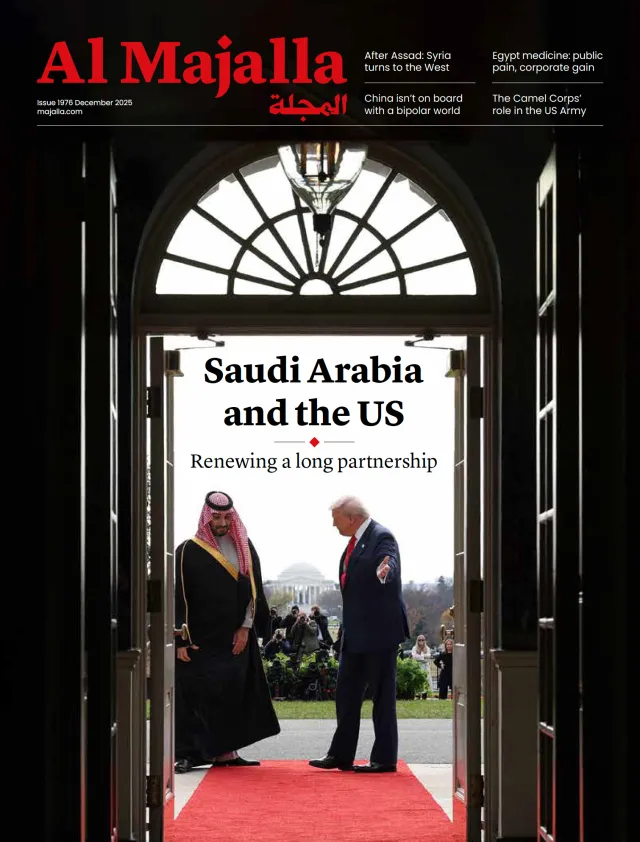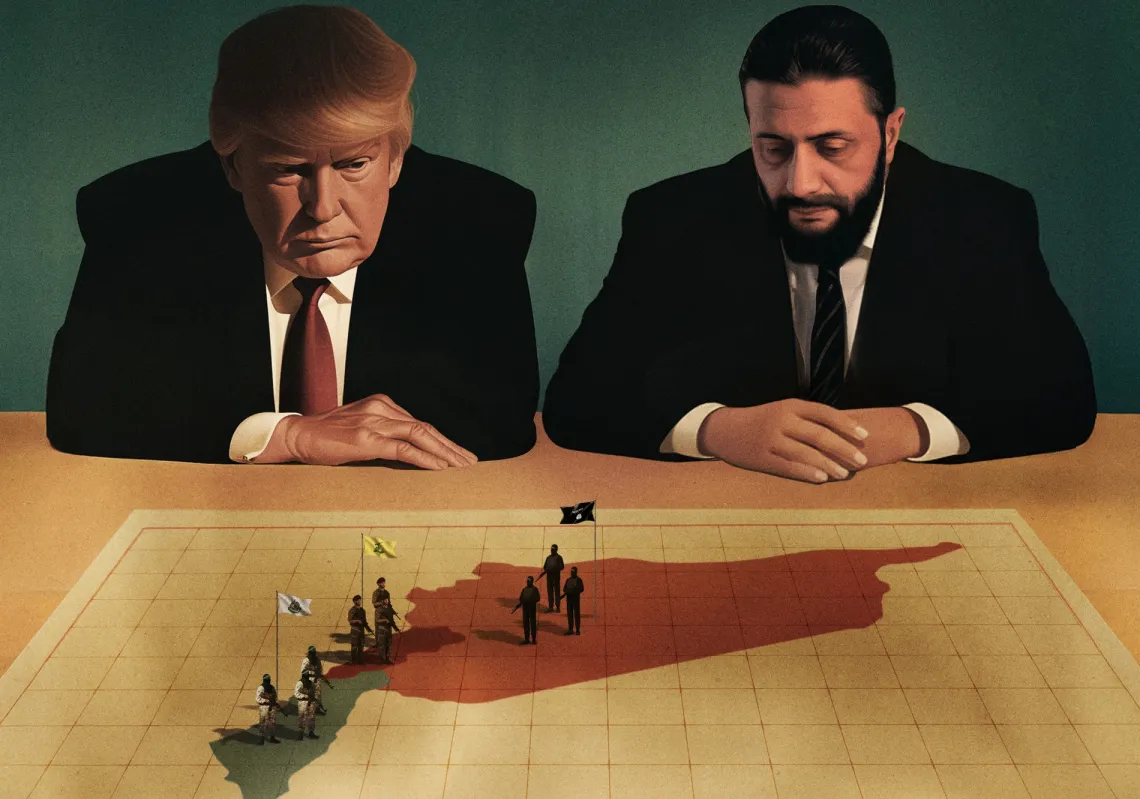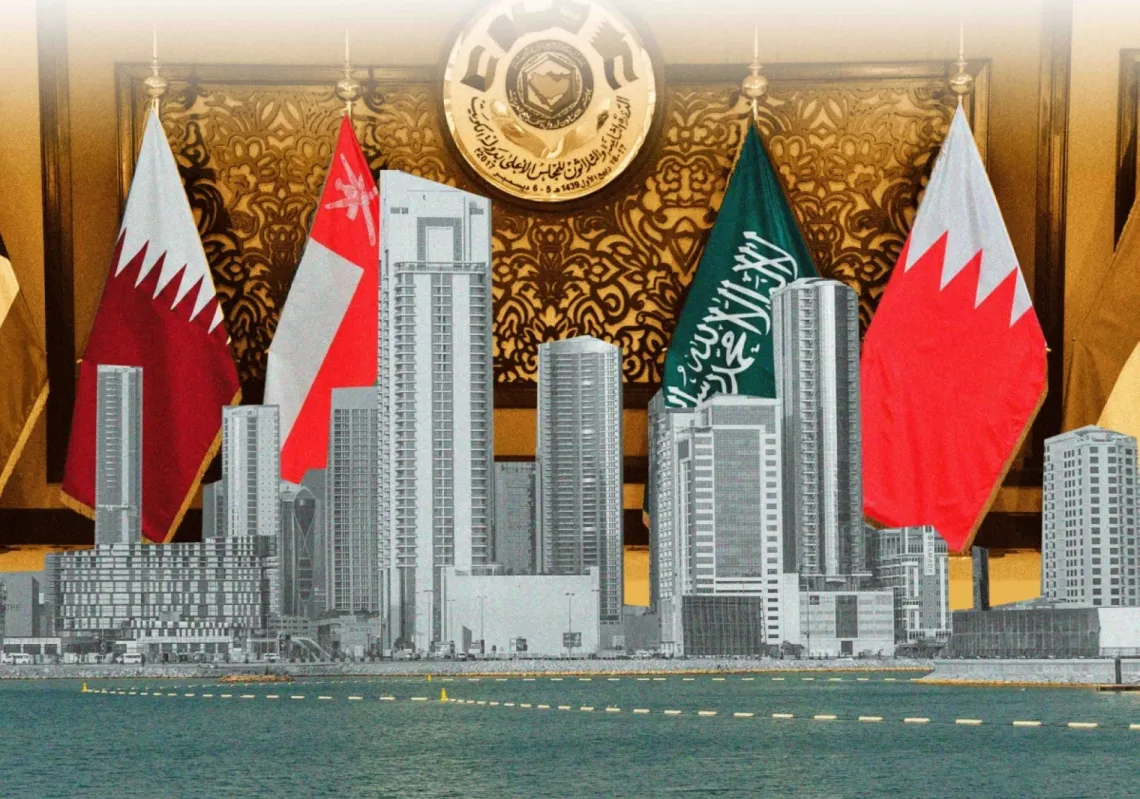A few weeks ago, the world briefly turned its attention to a conflict other than Gaza or Ukraine. Whenever India and Pakistan face-off, the spectre of nuclear war looms large. But this time, according to both US President Donald Trump and Secretary of State Marco Rubio, the two countries truly came to the brink. Thankfully, a frantic 24-hour bout of American phone diplomacy helped broker a ceasefire, ending days of air strikes and drone attacks deep inside each other’s territories.
While both claimed to have had the upper hand militarily, the man whose star rose immeasurably is Pakistan’s Chief of Army Staff (COAS), Field Marshal Asim Munir. According to US Central Command (CENTCOM) in Tampa, Florida (Washington’s primary interlocutor with Pakistan), Munir was already seen as a pillar of regional stability across West Asia and the Middle East. Now, the world is taking note.
Humble beginnings
Pakistan’s army chiefs frequently appear on Forbes and Time Magazine lists of global power players, given that they command 700,000 fighters and nuclear weapons. With longstanding ties to Saudi Arabia, China, and the US military, post-holders attract considerable international interest every three to six years, as terms come to an end.
Munir’s path to the top has been anything but conventional. For instance, he is Pakistan’s first madrassa-educated army chief, in contrast to predecessors schooled at elite British-era boarding schools or military-run cadet colleges. He is also the first to graduate not from the prestigious Pakistan Military Academy at Kakul, but from the lesser known (and now defunct) Mangla Officers Training School.











